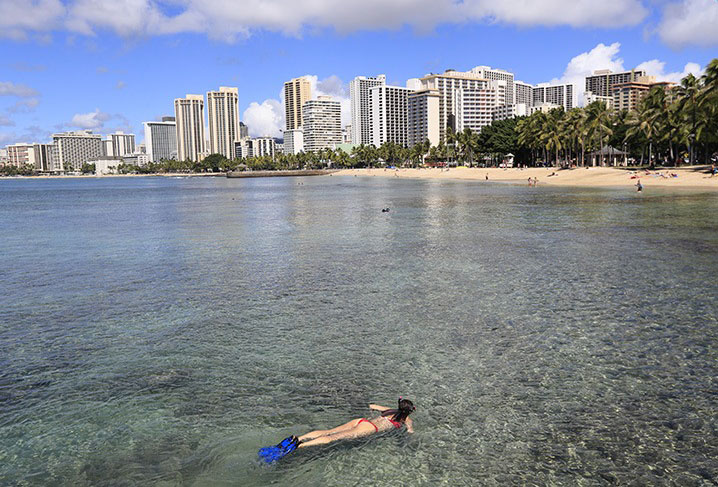
The reefs off Oahu’s Waikiki Beach are great for snorkeling in Hawaii. (Honolulu Star-Advertiser)
Hawaii is a snorkeler’s paradise, with crystal clear waters and a wide variety of marine life to see.
Whether you’re a beginner or an experienced snorkeler, snorkeling in Hawaii is an incredible experience, with plenty of great spots to explore throughout the Hawaiian islands.
In this guide, we will provide everything you need to know about snorkeling in Hawaii, from what kind of gear you need to where the best spots are. We’ll also give you some safety tips to make sure your snorkeling trip is enjoyable and safe.
So pack your swimsuit and reef-safe sunscreen and get ready for some amazing snorkeling in Hawaii!
Best Spots for Snorkeling in Hawaii
There are many great spots for snorkeling in Hawaii, with fantastic options along the coast of every island.
Hanauma Bay is famous for its snorkeling, and for good reason; the bay is constantly teeming with marine life, visibility is typically excellent, and the waters are often (though not always) really calm.
Molokini Crater, off Maui, is another world-class snorkeling spot. You need to book an excursion to snorkel here, though there are companies offering tours daily from Maui.
Here are some more snorkeling locations to consider, off the Big Island and Oahu:
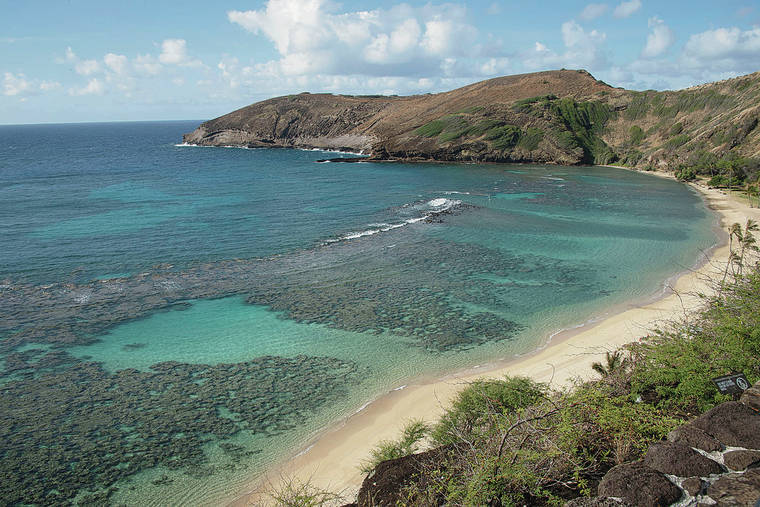
Hanauma Bay offers world-class snorkeling on Oahu. (Honolulu Star-Advertiser photo)
Snorkeling Etiquette
One of the most important things to keep in mind when snorkeling is to never touch anything.
Corals and other sea creatures can be delicate, so never step on them, as even the act of touching them with your hand can cause damage.
In addition, some corals and creatures are poisonous, so it’s best to just admire them from a distance. If you must touch something, make sure you know what it is first and that it won’t hurt you.
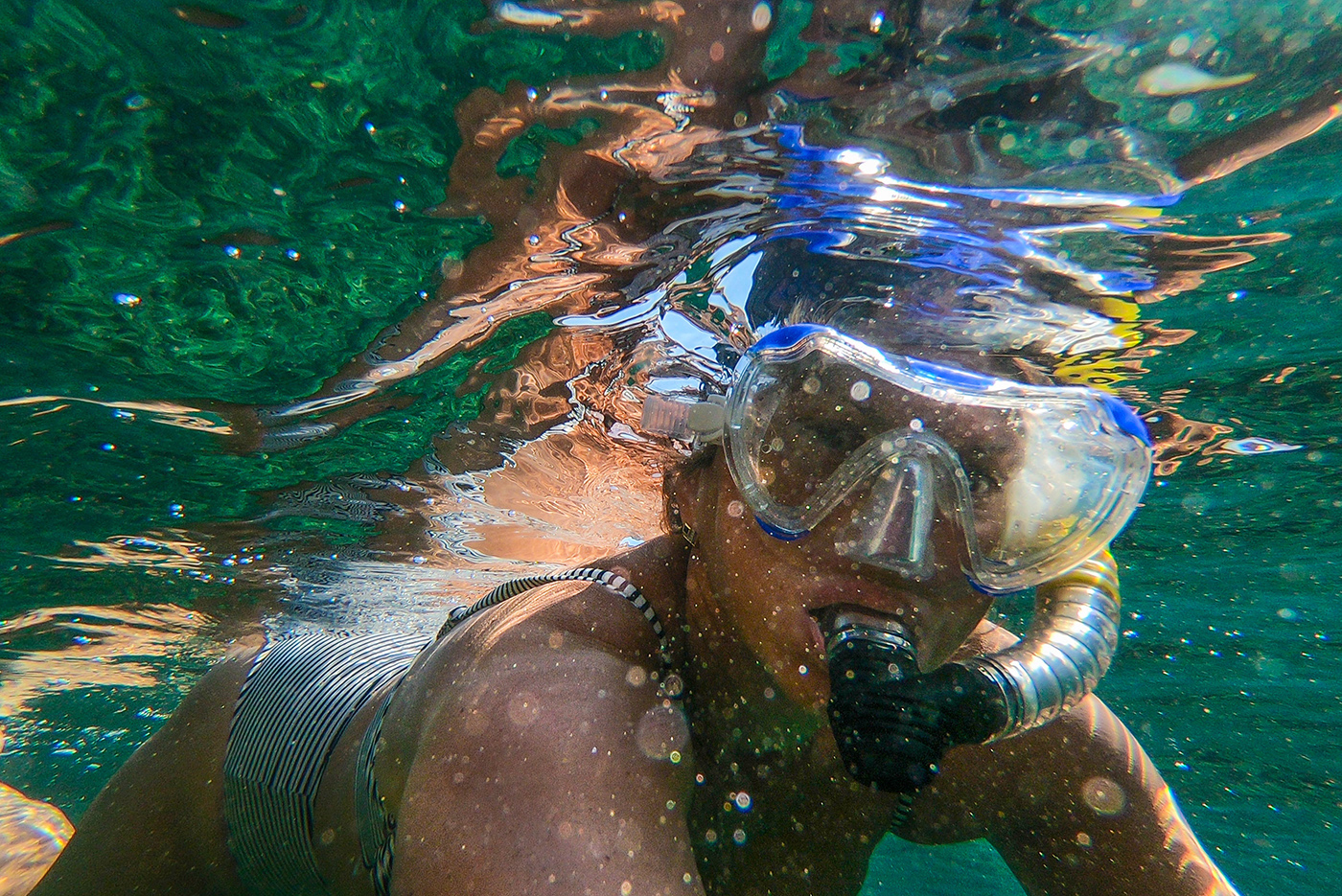
Gear for Snorkeling in Hawaii
One of the most important things to consider when snorkeling in Hawaii is what kind of gear you will need.
If you don’t have your own snorkeling gear, don’t worry — there are plenty of places to rent or buy snorkeling gear in the islands.
However, we recommend that you buy your own snorkeling gear if you plan on doing a lot of snorkeling, as it can be more cost-effective in the long run. You can find a wide variety of snorkeling gear at most sporting goods stores or online.
Here is a list of everything you need to get started snorkeling in Hawaii:
- Snorkeling Mask
- Snorkel
- Swim Fins (Flippers)
- Life Jacket
- Wetsuit
- Reef-Safe Sunscreen
Snorkeling Mask
A snorkeling mask is essential, allowing you to see underwater. The mask will enclose your nose, as well, so that you can breathe through your mouth via the snorkel itself.
Be sure to get a mask that fits well and doesn’t leak. A good-fitting mask is important for both comfort and safety.
Snorkel
The snorkel is the short tube that allows you to breathe while your face is in the water. One end of the tube goes into your mouth, and the other end extends above the surface of the water.
If water sloshes into the top of the tube — and it typically will — you just blow out hard to clear the tube. Look for a snorkel with a splash guard to help minimize water getting into the tube.
Swim Fins (Flippers)
Using swim fins, also called flippers or snorkeling fins, will help you swim more efficiently through the water. They can also help you swim faster.
Strong swimmers might be inclined to forgo swim fins while snorkeling, but there’s no denying that wearing fins can propel you along, and help you get out of sticky situations, much more effortlessly than you can without them.
Life Jacket
Inexperienced swimmers and children especially should consider using a life vest (also called a life jacket) while snorkeling. However, a life jacket can be useful for swimmers of all levels while snorkeling, as it can help you float and stay safe if you get tired or separated from your group.
A wetsuit
You won’t typically need a wetsuit in Hawaii for warmth, like you might in colder waters, but a wetsuit can be useful while snorkeling to help protect a bit against stings and scratches.
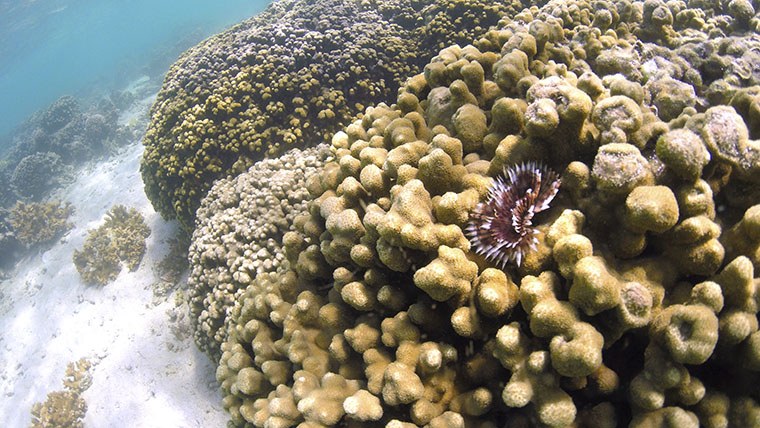
Help protect Hawaii’s coral reefs by using reef-safe sunscreen. (Associated Press photo)
A Note About Reef-Safe Sunscreen
Swimming for even a short amount of time in Hawaii — where the sun can be especially intense — with your backside up at the surface of the water can result in some pretty unpleasant sunburns.
Enter sunscreen.
However, you cannot wear just any sunscreen into Hawaiian waters.
Hawaii law forbids the use of sunscreen containing chemicals that can damage coral — specifically oxybenzone, octocrylene, and octinoxate.
Make sure you bring along reef-safe sunscreen (you can buy some in Hawaii, but expect to pay more for it than you might at home). Reef-safe sunscreens are often marked as “reef-safe” or “reef-friendly” on the bottle.
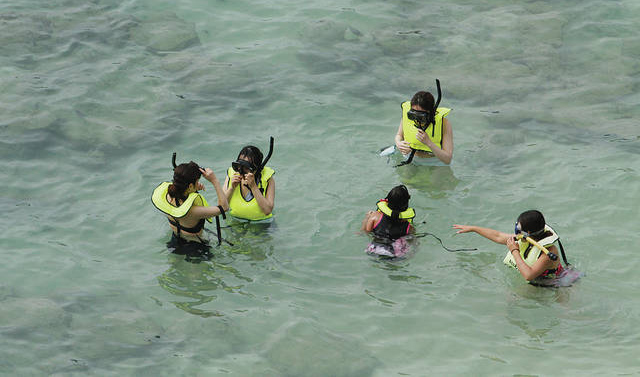
(Honolulu Star-Advertiser photo)
Snorkeling Safety Tips
Snorkeling can be an extremely dangerous activity when proper precautions are not taken.
Here are some basic safety tips to consider before you head to the beach for your snorkeling trip.
Seek Out Advice
Ask lifeguards for advice about ocean currents and other hazards before going out. Hawaii’s lifeguards are extremely knowledgeable about the waters they patrol, so it’s a great idea to ask them if there’s anything you should know about the area before you get in the water.
Never enter the water if there are signs warning of dangerous surf or rip currents. These can quickly pull even the strongest swimmer out to sea, so it’s best to avoid them altogether.
If you do feel yourself being pulled out to sea, swim parallel to the shore until you are out of the current.
Also, check for signage on the beach near your planned snorkeling spot. Lifeguards will typically post signs if there are dangers in a particular area, such as strong currents, sharks, or box jellyfish.
Don’t Snorkel in Murky Waters
The majority of shark attacks are thought to have been cases of mistaken identity.
The theory goes that sharks typically mistake people for seals or other marine animals that are in their diet plan, thus accounting for the largest percentage of shark bites.
While shark bites are rare statistically, it’s worth controlling what you can to minimize the risk. One such factor is to avoid snorkeling in murky waters.
For one thing, murky waters make it difficult to see the marine life that you’re seeking out in the first place. That means it will also be difficult for you to see potential dangers if you’re snorkeling in waters with low-visibility.
For another thing, murky waters just might make it more difficult for a shark to distinguish you from something like a seal.
Acclimate Before Wading into Deep Waters
Practice in shallow water, ideally in front of a lifeguard stand. Water that’s shallow enough for you to sit in without being fully immersed works well for “staging.”
Use the ocean water to wash any sand and rocks out of your fins and then put them on (don’t put them on farther up the beach and then try to walk to the water).
Put on your mask and make sure you have a snug fit. Then put on your snorkel, and lean face-first into the water until your head is mostly covered.
This is the time to ensure no water is leaking into your mask, and to practice breathing through your snorkel. Even if you’ve been snorkeling in Hawaii before, unless you’re going out regularly, it can be a bit of a shock to the system and even make you feel claustrophobic to suddenly be breathing through a tube and to experience a limited field of vision, so stay here as long as you need in order to feel comfortable.
Only after you are calmly and comfortably breathing through your snorkel should you set out into deeper waters. But once you do, don’t swim out to the depths of the ocean just yet.
Spend some time kicking around in shallow waters to continue getting used to things; until you’re truly comfortable, it’s a good idea to stay in water that’s shallow enough for you to stand up.
The place to get accustomed to your gear is not in deep, choppy water, surrounded by sharp coral and jagged rocks.
Snorkel With a Partner
Always snorkel with at least one other person; don’t go out alone.
It’s easy to get separated from your friends when you’re snorkeling, so make sure you stick together. If someone does wander off, make sure you know where they are at all times.
It’s also a good idea to designate a meeting spot ahead of time, in case you do get separated.
Conclusion
Snorkeling in Hawaii is an amazing experience that everyone should have at least once in their lifetime.
By following the tips above, you can ensure that your snorkeling trip is safe, fun, and enjoyable for everyone involved.
So what are you waiting for? Grab your gear and come see us in Hawaii for some amazing snorkeling!